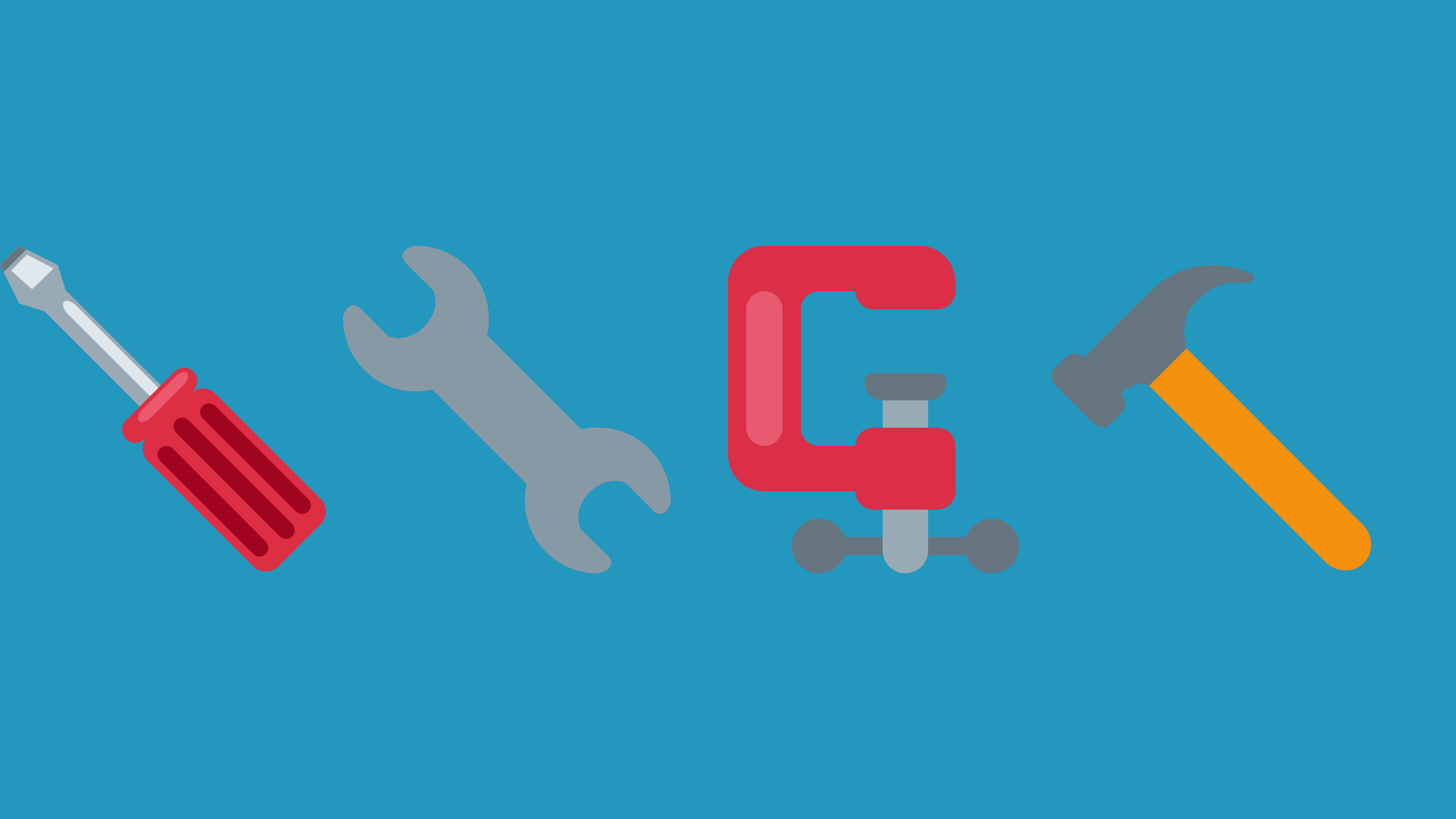Search engine optimization makes the online world go ‘round. Without it, you’re missing out on valuable organic traffic. It’s also a finicky beast. Between on-page and technical SEO, backlinks, mobile-friendly and accessible design, and submitting an accurate site map SEO has a lot of moving parts. Don’t be discouraged though. If you know the most common mistakes others make, you can conquer the algorithm in no time.
Not Knowing Your Audience
The first step of any marketing strategy is to know your target audience. After all, there’s no such thing as a commercial product that’s for everyone. For successful SEO, that means understanding the nuances of how your customers behave online.
How to Fix It
- Research macro-trends in the market your customers buy in.
- Use both historical and real-time data to understand how behavior is changing.
- Map what you find about consumer intent to your keyword selections and strategy.
- Use Google keyword planning tools and vendor tools.

Not Having an SEO Plan & Roadmap
With SEO, it’s not a good idea to fly by the seat of your pants. You’ll need an SEO strategy and training on SEO best practices for everyone involved.
To start building an SEO strategy, look at where your site and results are now and where you want it to be. Then set realistic goals and decide how you plan to accomplish them.
How to Fix It
As you make your plan:
- Evaluate your competition for rankings, keywords, content, and performance.
- Set goals and break them down into actionable steps
- Delegate tasks
- Look for tools and platforms that will help with your strategy

Creating Unhelpful Content
As a content marketer, it’s easy to get so focused on trying to rank for a keyword that the helpfulness of your content falls by the wayside. Search engines don’t only check your keyword use. They also check if your content actually answers the user’s search query. If your content doesn’t provide any answers, it won’t rank well no matter how effectively you use your keywords.
This mistake could be a result of:
- Trying to fit more than one topic in a single piece of content.
- Creating low-quality work just for the sake of including keywords.
- Optimizing for multiple target keywords in one article.
Your primary goal should be to produce content that is genuinely helpful to your target audience. The keywords and search engine ranking are to get more eyes on that helpful content.
How to Fix It
- Ensure content and SEO strategies are consistent with one another.
- Make sure your content answers the questions users search for.
- Create text, video, and visual content for different needs and SERP layouts.
- Follow Google’s best practices on search quality.
 Publishing Duplicate Content
Publishing Duplicate Content
Search engines penalize duplicate content. If it’s copied from someone else, it’s plagiarism. If it’s copied from your own content it’s spammy.
How to Fix It
- Create strong, accurate headlines.
- Make sure your content provides answers and examples.
- Create relatable, engaging stories.
- Quote trustworthy sources.
- Add videos and images.
Leaving Title Tags, Meta Descriptions, and Alt Text Blank
Title tags and meta descriptions are easy to add and make a huge difference in your content ranking. They help search engine web crawlers understand the context of your content and decide if it’s relevant . Alt tags on images describe what’s happening in the picture so people who use screen readers for low vision can understand them. Search engines prioritize sites that have them over ones that don’t due to ADA compliance, but they’re also the only way crawlers can include images in their analysis of a piece of content.
How to Fix It
- Write unique, brief yet descriptive title tags for each page.
- Ensure you match your keyword to intent and be careful where you place it.
- Keep your title tags short.
- Follow Google’s best practices titles and snippets.

Missing Quality External Links
The quality of the external sites you link to tells the crawlers how reputable your site is. That’s why it’s better to link to relevant, well-ranking websites with solid reputations and to link back to sites that have linked to you for more future traffic.
Ineffective anchor text can also negatively affect how crawlers see your site. The anchor text tells the crawlers what the link is about. If they don’t match or your links are attached to a bunch of “click here”s, they’ll probably think you’re spamming.
How to Fix It
- Create a link building program based on website quality and best practices.
- Regularly run a site audit for broken links and fix them.
- Create quality content that other people will want to link.
- Use SEO tools to monitor and build links.
 Messing Up Internal Links
Messing Up Internal Links
Internal links to other content on your website boost your search ranking, but you can’t just plop them where they don’t fit for the sake of having them. Like keyword stuffing, overdoing internal linking can do more harm than good. If the content and links aren’t a good fit, your target customers and search engines alike probably won’t appreciate it.
How to Fix It
- Group topically-related web pages with internal links.
- Audit internal links for issues like broken links, page load times, and page importance.
- Use a balanced number of external and internal links.
- Don’t link irrelevant pages.

Neglecting Site Speed and Mobile-Friendliness
As you’ve probably figured out by now, SEO isn’t just about content and keywords. It’s also about your website’s quality. That’s why search engines consider how your site performs on mobile devices.
The biggest SEO mistakes for mobile user experience include:
- Slow site speeds.
- Block files.
- Slow image and video load times.
- Interstitials ads.
- Inadequate local information.
- Non-responsive web design.
How to Fix It
- Improve your site’s load time.
- Use responsive design.
- Keep the mobile user experience in mind when you create content.

Not Understanding How SEO Works Across Digital Channels
SEO doesn’t only matter on the Google SERP. It affects most if not all channels of digital marketing.
Not integrating your SEO with other marketing channels like social media, email, and paid ads means you will miss out on reaching your full SEO potential.
How to Fix It
- Make sure your SEO strategies include inputs and outputs from all digital channels you use.
- Get all marketing team members on the same page about SEO success.

Using the Wrong Tools
To see if your optimization efforts are paying off, you have to track their progress by setting up and regularly reviewing your analytics. Google Analytics and Google Search Console are the standard for monitoring your website’s performance, but there are also alternatives like Moz and SEMrush.
Solutions could be:
- Keyword research
- SEO management and workflow
- Link management, reporting, and measurement
- Competitive analysis
- Automation
How to Fix It
- Choose your tools based on how they can meet your business needs.
- Tools that focus on specific tasks are usually low cost.
- Full SEO enterprise suites are usually more expensive.

How Sav Can Help
Here at Sav, we want small businesses to succeed online. That starts with a beautiful, professional website. Our responsive platforms and SEO features make it easy to get started with the basics of SEO so your efforts can be better spent. Start building with us today!
Newsletter
Popular
Top Articles
Recommended articles
How to Make a Media Kit
What is a Media Kit? A media kit, also known as a press kit, is a document that businesses give to journalists and media outlets before an...
Read moreWhat is Brand Voice? [And How to Create One]
What is Brand Voice? A brand voice is the unique personality a brand takes on in all of its communication channels. And it’s not just about...
Read moreA Beginner's Guide to the Product Development Process
What is Product Development? Product development is the process of creating a new product or updating an existing product from idea to...
Read more




